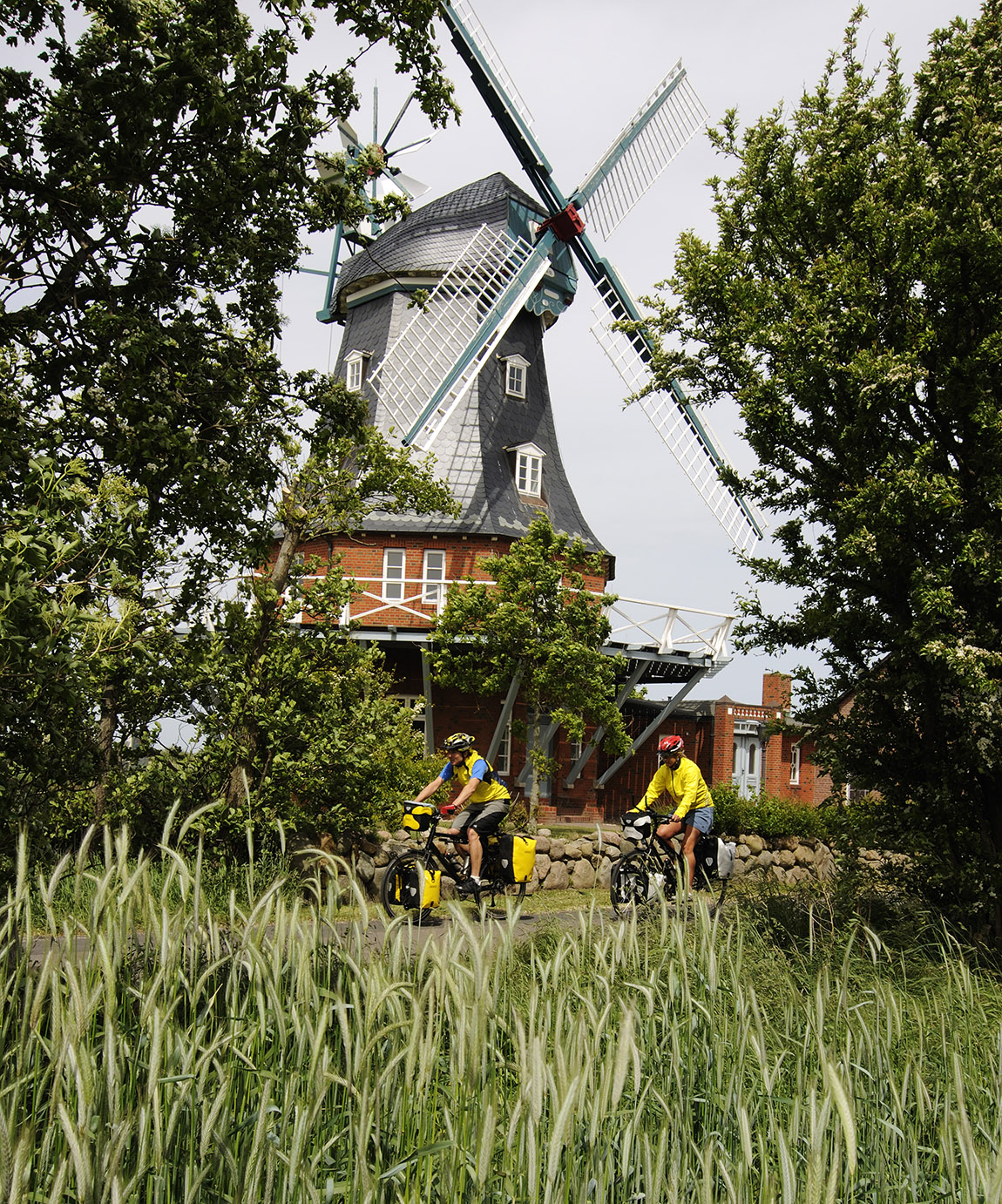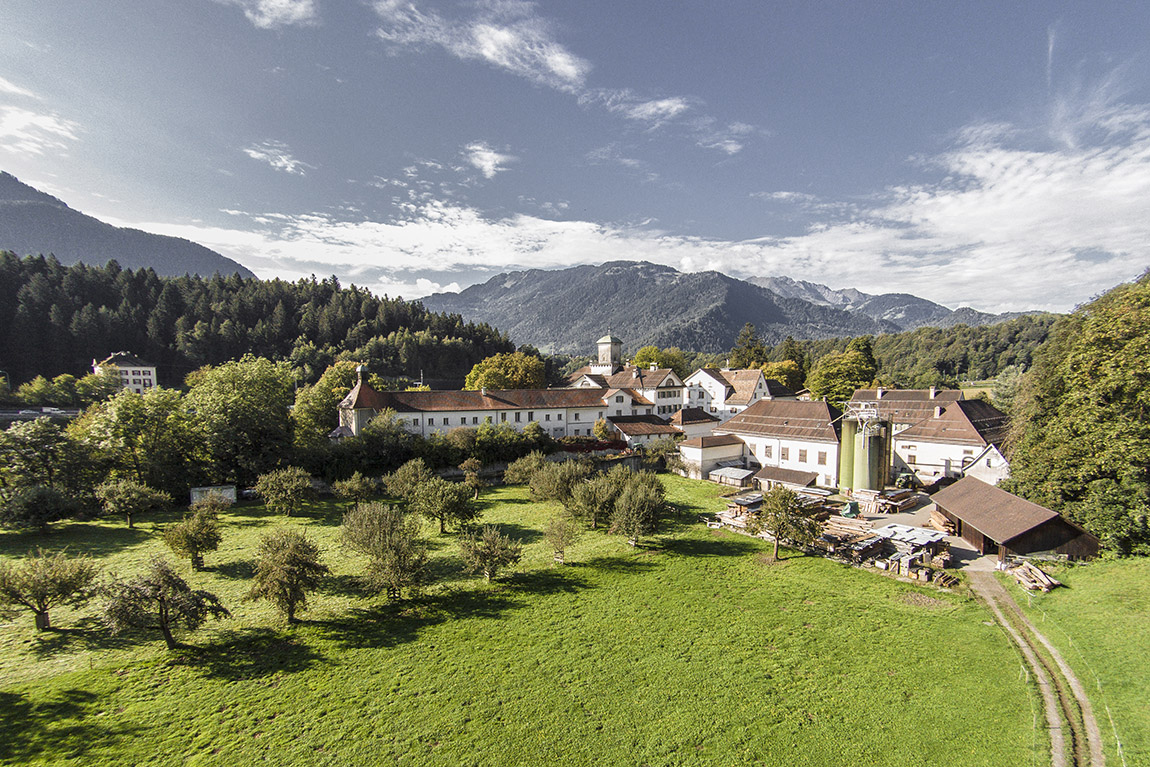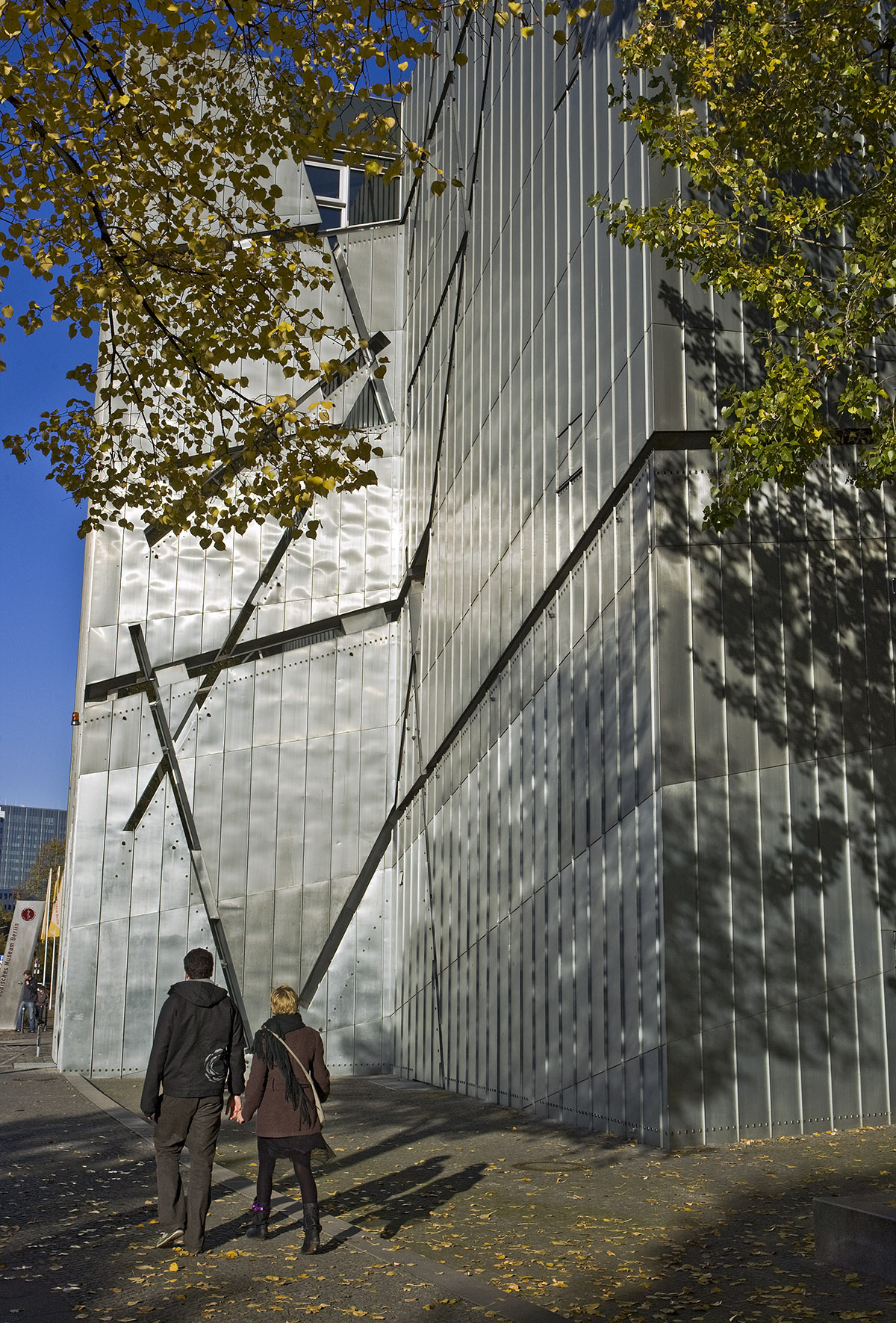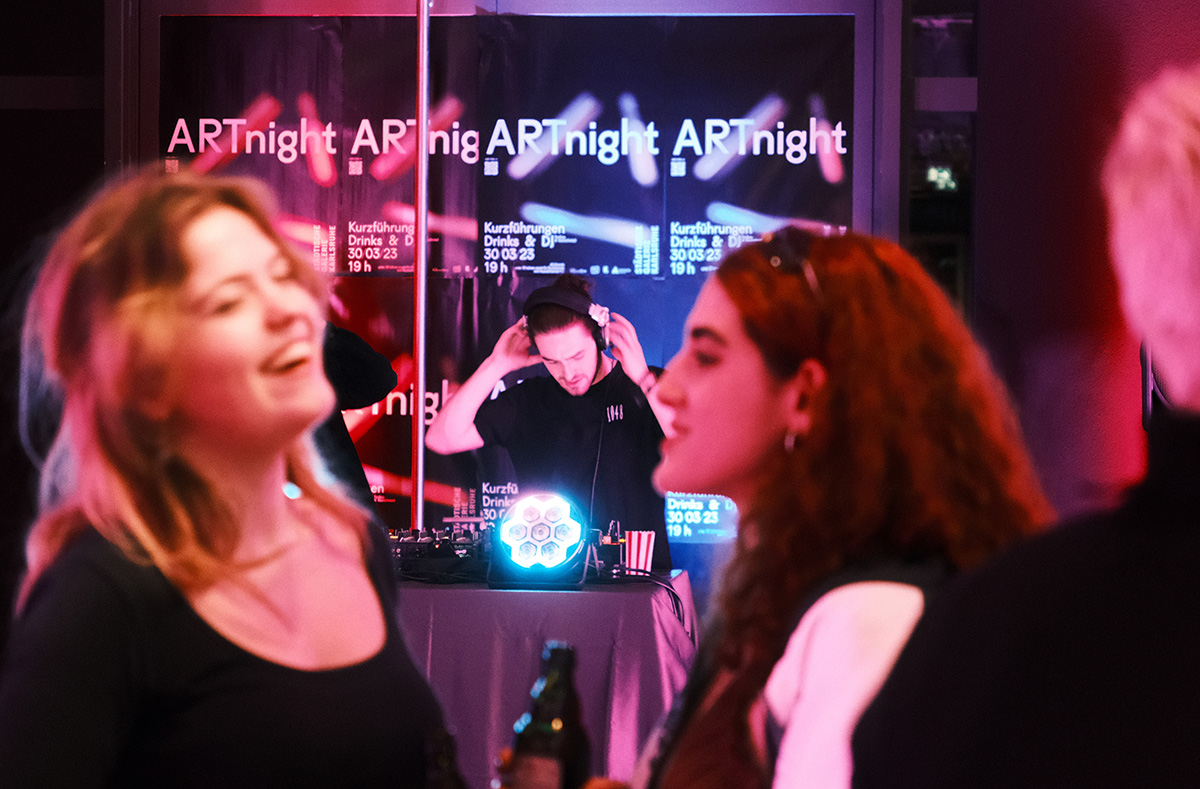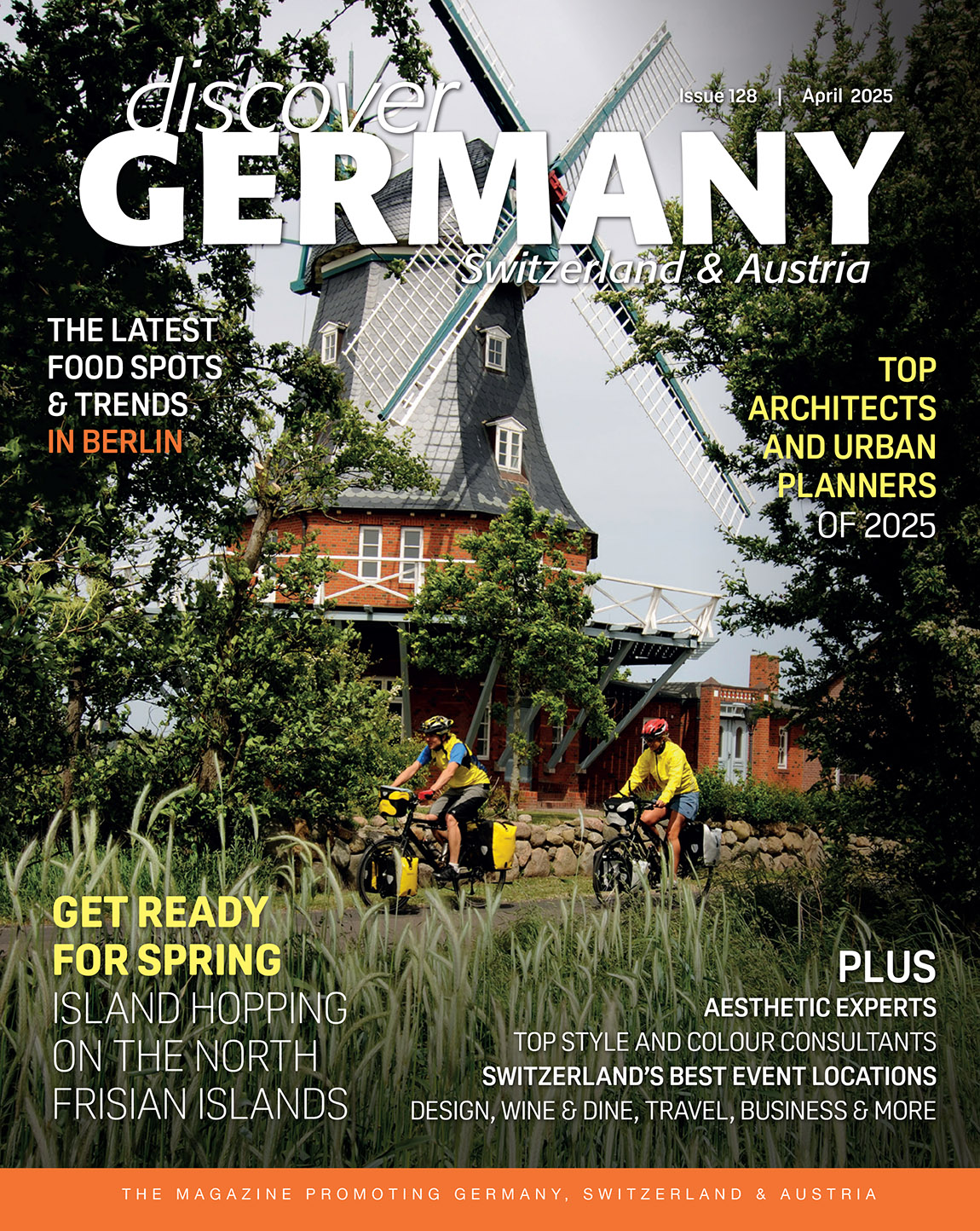Dresden city special: Beauty is not relative
TEXT: NANE STEINHOFF | PHOTOS: DRESDEN MEDIASERVER
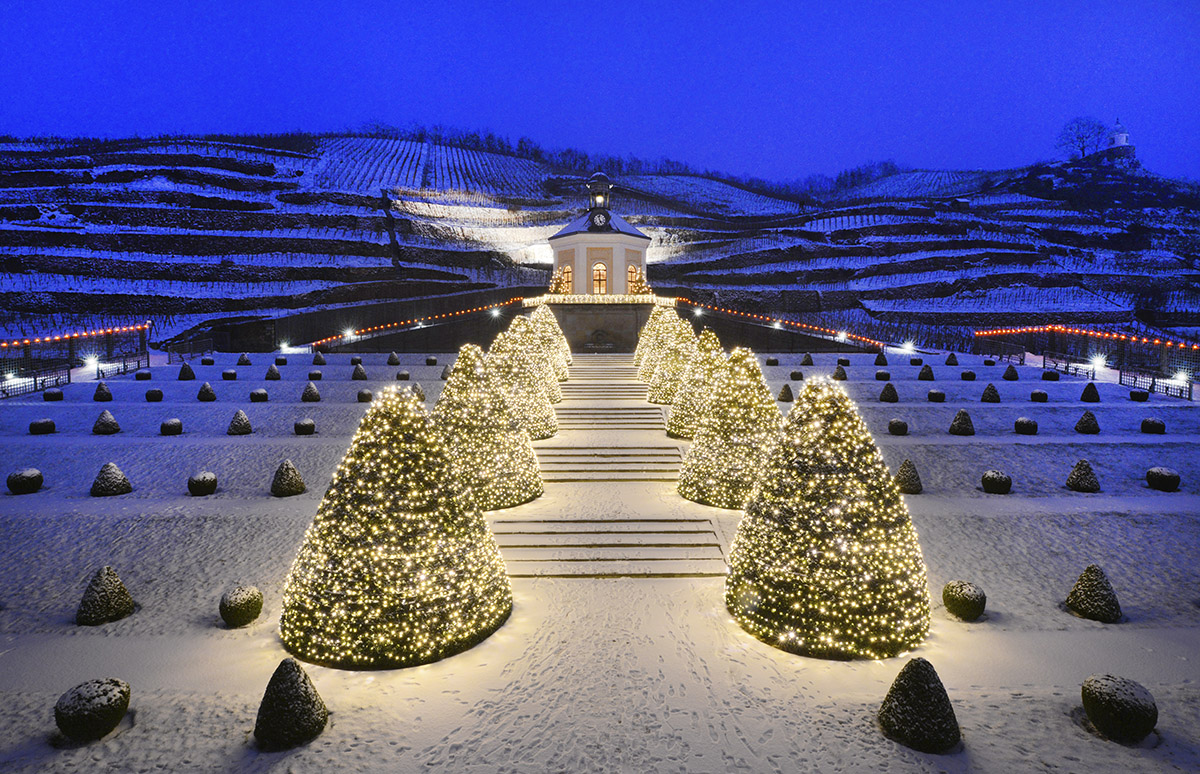
Wackerbarth Castle.
After all, when it comes to Dresden, everyone agrees and raves about the beauty of this special city that is Saxony’s capital.
Frauenkirche, Zwinger, Semperoper, Elbe – a varied offering of museums and theatres, this is what makes Dresden one of the most popular tourist destinations in Germany. Several million visitors come to the Elbe metropolis every year to see the sights, admire the majestic ensemble of buildings, discover the fascinating history, pore over the art treasures and experience the unique atmosphere. More than 20% of these visitors come from outside Germany. The cosmopolitan character of Dresden is immediately apparent from the many different languages that can be heard in public places, especially at the universities and the various research institutions. Additionally, the presence of large multinationals brings in many business travellers and immigrant workers from all parts of the world.
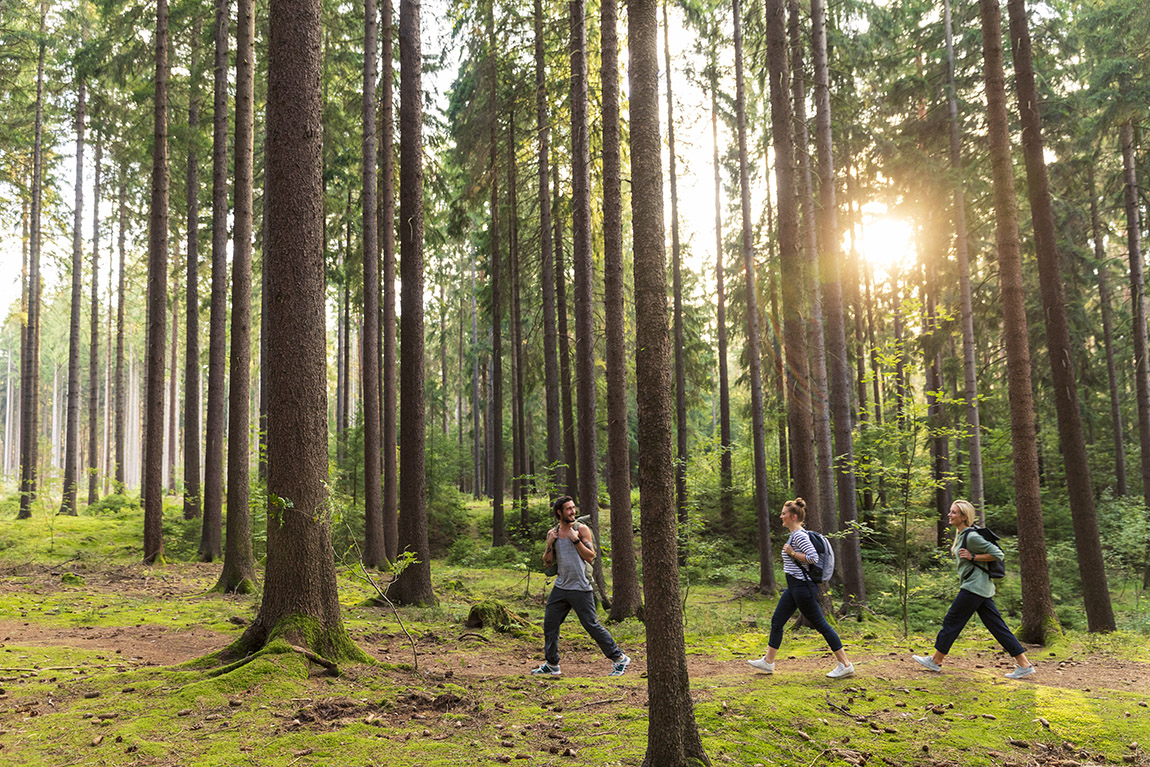
Surrounded by nature.
City of art and culture
Dresden is one of the truly great cities of art and culture thanks in no small part to the prince electors and kings of Saxony, their desire to assert their prowess on the European scene and their passion for collecting. The city boasts more than 50 museums and at least 30 theatrical venues. The 14 constituent museums and galleries of the Dresden State Art Collections make it one of the most important such groupings in the world. Based at the Semper Opera House, the Sächsische Staatskapelle ranks among the world’s top classical orchestras. The Dresden Music Festival, the Moritzburg Festival, the Dixieland Festival and Jazztage Dresden are major highlights of the European music calendar. The recent opening of the new Kraftwerk Mitte Dresden arts and creative centre area with its two prominent tenants – the Dresden State Opera and the Junge Generation theatre (tig) – illustrates the importance that the state capital attaches to its cultural life. The claim to cultural heart of the city, however, must surely go to the refurbished Kulturpalast (Palace of Culture) which is now home to the Dresden Philharmonic Orchestra, the Herkuleskeule cabaret company and the municipal library.
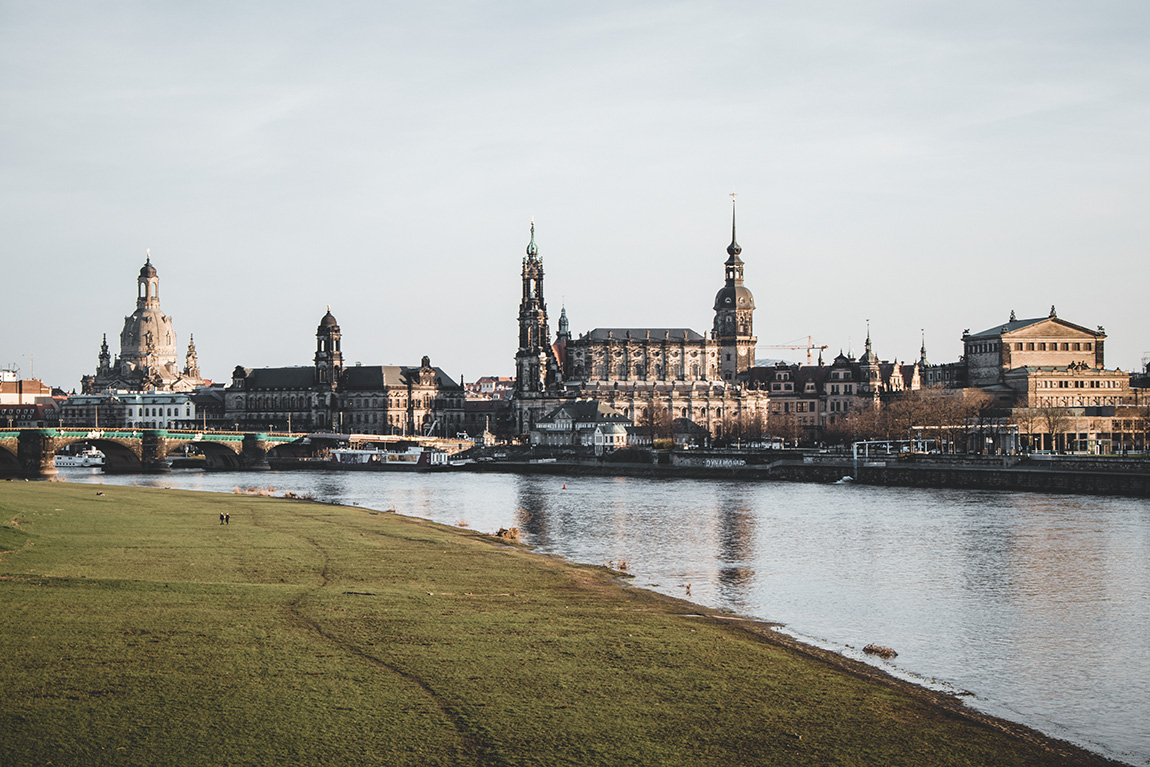
Dresden’s old town.
Bastion of business and science
The scientific landscape of Dresden is also one of diversity and variety. There are over 40 research institutions in the city, and all four major German research organisations have facilities here. TU Dresden is one of the eleven German institutes of higher learning that have qualified for University of Excellence status since 2012; it is now part of the successor programme to the Excellence initiative.
Furthermore, the Saxon capital is a major hub for microelectronics, ICT, nanotechnology and the exciting fields of New Materials, Life Sciences and biotechnology. Multinational companies have put down roots in Dresden. Academia and industry are working in close collaboration on smart solutions for the future.
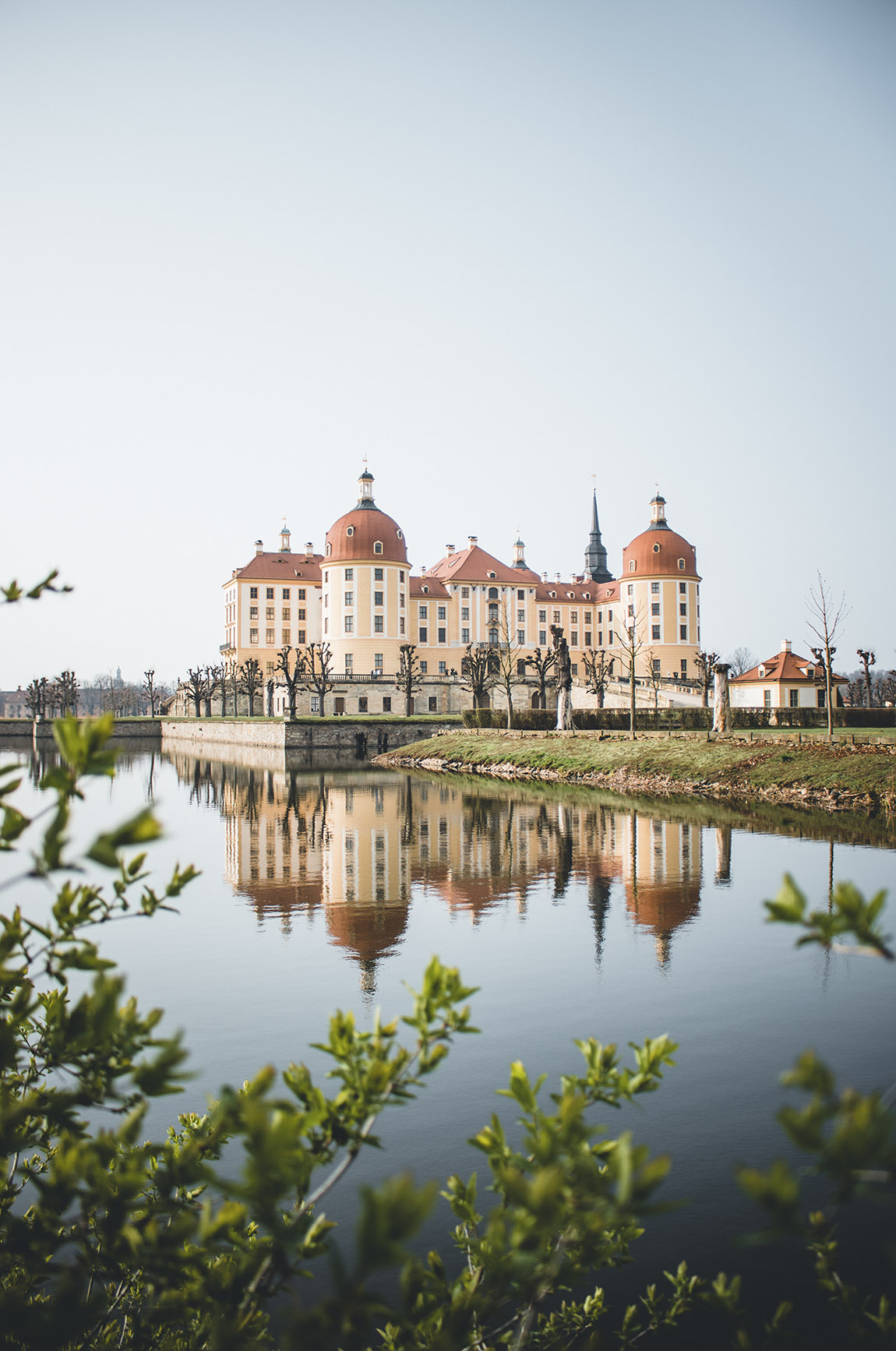
Schloss Moritzburg.
Event-packed calendar and lively alternative scene
In the summer months, when the days are getting longer and the outdoor temperatures are rising, hardly a weekend goes by without a big event. Standout fixtures on the Dresden calendar are Film Nights on the Elbe Embankment, Dresden Museum Night, the Long Night of Theatre, CANALETTO Dresden City Festival and the Elbhang Festival.
To see Dresden at its hippest, head to the Äussere Neustadt across the Elbe. This lively district with its many bars, cafes, restaurants, clubs, galleries and small theatres is where the youth and bohemian scene hang out.
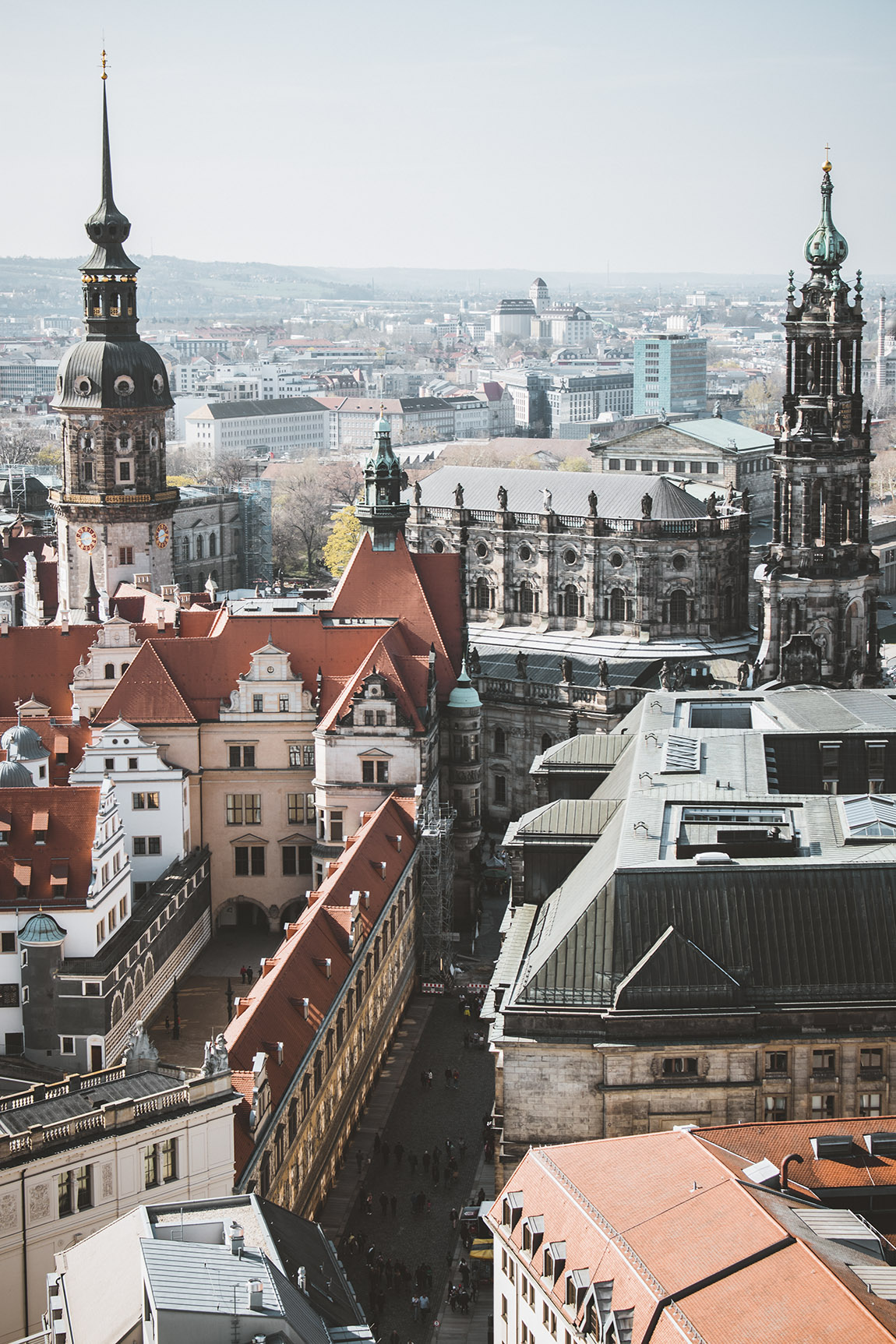
Dresden’s old town.
For more inspiring things to do and see in Dresden, read the following special theme.
Subscribe to Our Newsletter
Receive our monthly newsletter by email
